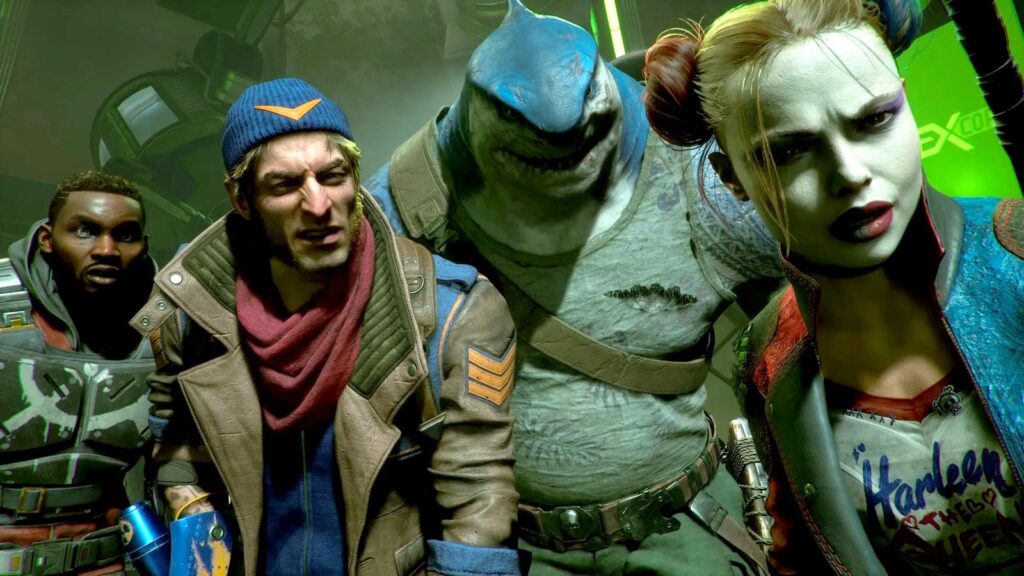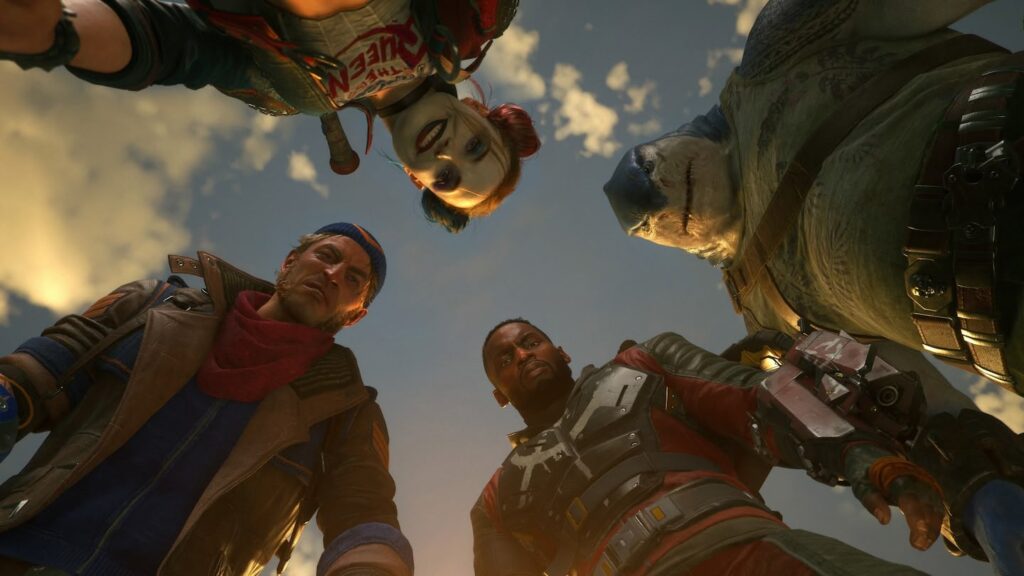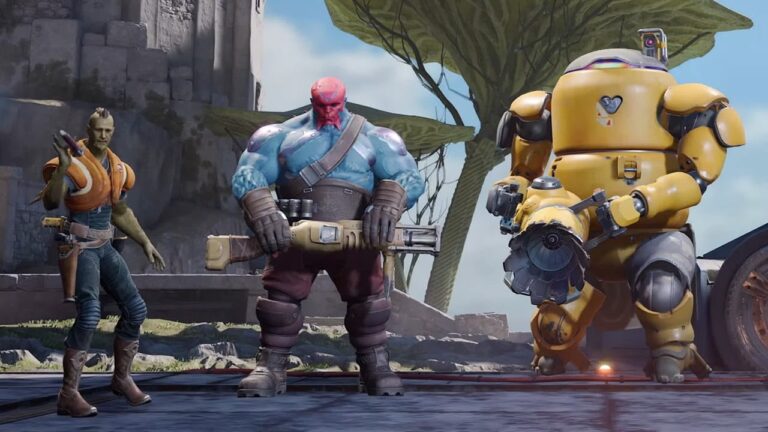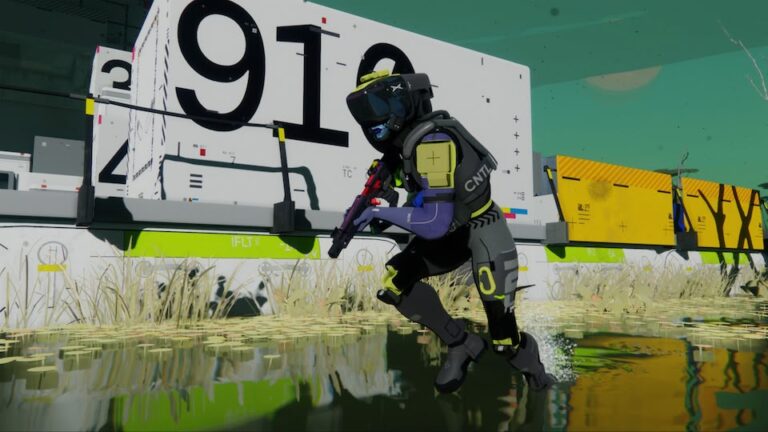When Rocksteady finally announced its next game after the Arkham trilogy, fans were eager, hopeful, even. This was the studio that redefined what superhero games could be. A team that understood tone, story, mechanics, and how to make a player feel like the character they were controlling.
So when that new game turned out to be Suicide Squad: Kill the Justice League, the mood quickly shifted from anticipation to confusion. This wasn’t more Arkham. This wasn’t even adjacent to it. What we got instead was a looter-shooter live service game in a year where that genre was already on its last legs.
And that decision, to pivot so far away from what made Rocksteady beloved, became the beginning of a slow, public unraveling.
Let’s break it down.
The Problem: Misreading the Room
Live service games were already a tough sell by the time Suicide Squad surfaced. But coming from Rocksteady, a studio celebrated for tightly crafted single-player experiences, the announcement felt more like a slap than a surprise.
The trailers didn’t ease the blow either. What we saw wasn’t exciting. It was loud, chaotic, and oddly generic. Instead of the methodical flow of Arkham’s combat or the richness of its world-building, we were promised banter, bullet sponges, and seasonal content.
The question wasn’t just “why this game?”
It was “why this studio?”
Characters With No Pull
Let’s not sugar-coat it, the Suicide Squad characters don’t carry much weight. They’re C-list in the public eye, and turning them into leads requires a lot of character work and gameplay depth to win players over.
That didn’t happen here.
Instead, players were shown Superman, Batman, Green Lantern… and then told they couldn’t play as any of them. The bait-and-switch was obvious. The characters we wanted to play were off-limits. The ones we got all ended up playing more or less the same.
Captain Boomerang? Gun.
Harley Quinn? Gun.
King Shark? Big… gun.
It stripped away identity. In a world where your playable cast includes a literal man-eating shark, why does combat look this bland?

Visual Identity Crisis
The core gameplay loop was shooting purple blobs.
That’s not an exaggeration, that’s what people saw in the trailers, and that’s what stuck. Enemies were indistinct. Bosses were damage sponges. And every bit of visual personality the characters might have brought was buried under a sea of gunfire and recycled effects.
The saddest part? It didn’t have to be this way.
Imagine if King Shark had a full set of brutal melee takedowns. If Captain Boomerang’s combat involved chaining ricochets. If each character had a rhythm and feel that truly matched their persona.
But instead, everything was flattened. Why? Probably because guns are easier to monetise. Skins, loadouts, seasonal unlocks, all neatly built into a gun-based ecosystem. And the moment players clocked that, it became all they could see.
The Live Service That Had No Life
If you’re going to go live service, you need a compelling hook. A strong core loop. A reason for players to come back.
Suicide Squad had none of that.
The roadmap promised alternate universe versions of the same Justice League enemies, just with different skins, slightly tweaked stats, and some seasonal flair. It felt lazy. Worse, it felt transparent. ‘Kill the Justice League… again’ isn’t a compelling long-term goal. It’s a design loop built for burnout.
And when your genre already has a reputation for bloat and burnout, that’s not something you can afford.
The Studio That Forgot Who It Was
This wasn’t just a design misfire. This was an identity collapse.
Rocksteady didn’t just make a game people didn’t want, they made a game people couldn’t recognise as theirs. The studio that once defined single-player superhero excellence tried to reinvent itself as a live service shooter dev, and lost its voice in the process.
It didn’t feel bold. It didn’t feel new. It just felt… off.

Lessons For Developers
- Know your identity. Don’t abandon the things your audience loves about you unless you have a compelling new vision.
- Differentiate your cast. When every character plays the same, players disengage, especially in team-based games.
- Don’t let monetisation drive design. If players can see the business model bleeding into gameplay, it’s already too late.
- Your roadmap is your pitch. Make it bold, make it meaningful, and make it fun, not just functional.
- The market has changed. What worked five years ago won’t work now. Live service isn’t a dirty word, but it is an uphill battle.
Final Thought
Suicide Squad: Kill the Justice League isn’t the worst game ever made, but it might be one of the most disappointing. Not because it failed to meet expectations, but because it so thoroughly misunderstood them.
There’s a version of this game that could’ve been electric. Loud, weird, full of chaos and charm. But in chasing trends, Rocksteady left behind the one thing players were hoping to see: their heart.
And when that’s gone, it doesn’t matter how many skins you sell.

